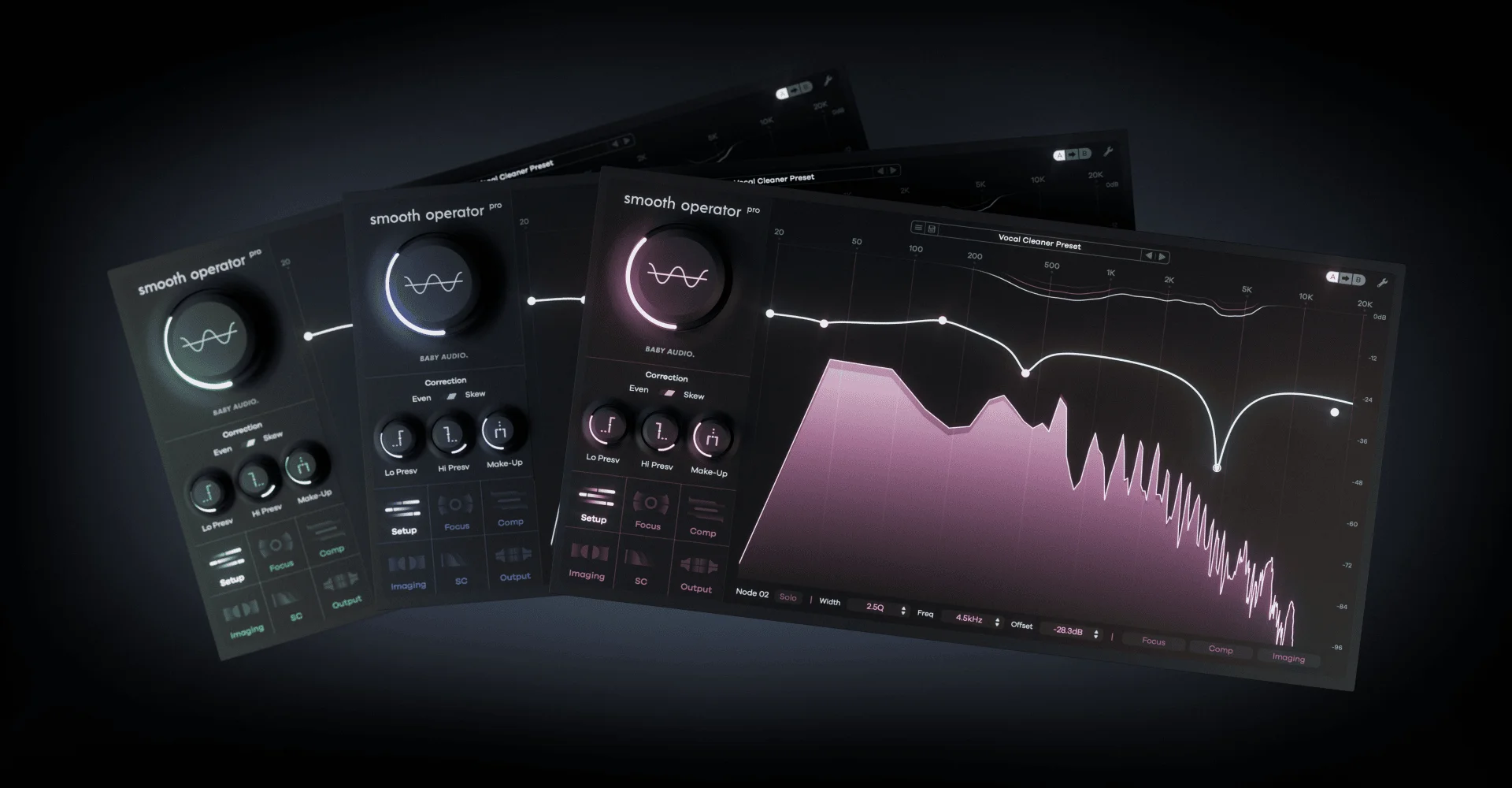Revolutionize Your Audio Editing with Smooth Operator’s Spectral Processing
If you’re an audio engineer or music producer looking to elevate your sound editing game, Smooth Operator offers a groundbreaking approach to audio manipulation. Unlike traditional tools like EQ and compression, this innovative audio plugin uses spectral processing to break down sound into its smallest components. This allows for precise adjustments to individual elements of a signal, rather than affecting the entire sound at once. In this article, we’ll explore how Smooth Operator transforms tonal balance and provide a detailed guide on installing the license file for both Windows and Mac users.
What Makes Smooth Operator Stand Out in Audio Production?
Traditional audio tools often apply broad changes to a signal, which can lead to unintended side effects. With Smooth Operator Pro, you gain unparalleled control over your sound at a microscopic level—think of it as editing the ‘DNA’ of your audio. This spectral processing technology enables you to restore harmonic balance with greater accuracy, fix issues with precision, and even dramatically reshape the tone of your tracks. The result? Cleaner, smoother edits with minimal distortion or unwanted artifacts.
Whether you’re troubleshooting problem areas in a mix or experimenting with creative sound design, this plugin is a game-changer for anyone serious about audio production tools.
How to Install the Smooth Operator License File on Windows
Before you can unlock the full potential of this powerful tool, you’ll need to install the license file. Follow these simple steps to get started on a Windows system:
- Press Win + R on your keyboard to bring up the Run dialog box.
- Type
%APPDATA%into the field and hit Enter or click OK. - Navigate to the folder named
af854ba56b229a56c422472ee764eba8. If it doesn’t exist, create a new folder with this exact name. - Place the license file inside this folder before launching the application.
- Verify the file’s location—it should be in
C:\Users\YourName\AppData\Roaming\af854ba56b229a56c422472ee764eba8.
If done correctly, the plugin should recognize the license upon opening, granting you full access to its features.
Installing the Smooth Operator License File on Mac: Two Easy Methods
Mac users have two straightforward options to install the license file for Smooth Operator. Ensure you complete these steps before running the plugin in your Digital Audio Workstation (DAW).
Option 1: Direct Folder Access
- Copy the license file to the following directory:
~/Library/Application Support/af854ba56b229a56c422472ee764eba8or/Users/YourUsername/Library/Application Support/af854ba56b229a56c422472ee764eba8. - If the folder
af854ba56b229a56c422472ee764eba8doesn’t exist, create it manually.
Option 2: Using Finder to Access Hidden Folders
- Open Finder on your Mac.
- Press Command + Shift + . (period) to reveal hidden files and folders.
- In the search bar, type
~/Library/Application Support/af854ba56b229a56c422472ee764eba8(including the tilde symbol) and press Enter to navigate to the hidden folder. - If the folder isn’t there, create one with the exact name
af854ba56b229a56c422472ee764eba8. - Copy and paste the license file into this folder. If you have an old trial or license file, replace it with the new one.
- Load the plugin into your DAW. If installed correctly, there should be no prompt for trial mode.
Unlock the Full Potential of Smooth Operator
Once the license file is in place, you’re ready to dive into the world of advanced sound editing. Smooth Operator empowers you to refine your audio with surgical precision, making it an essential tool for modern producers and engineers. Whether you’re balancing tones or crafting unique sonic textures, this plugin delivers exceptional results.
Start experimenting with Smooth Operator Pro today and hear the difference that spectral processing can make in your projects. Have questions about installation or usage? Drop them in the comments below, and let’s keep the conversation going!


